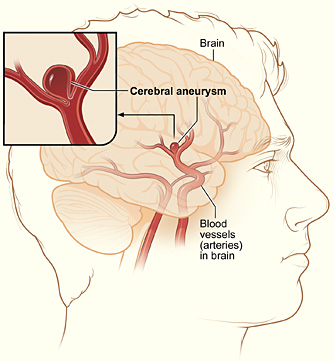They say that human imagination is infinite and limitless. But consider this: can you imagine a colour outside of the visible spectrum? Most likely, you are incapable of thinking of a new colour that cannot be mapped on a standard colour chart. Interestingly, a small proportion of people can see and understand colours beyond the range that the majority of us can see.
The physiology of vision is rather complex, but essentially boils down to the retina (inside lining of the eyeball) acting as a film for the image that you see. Cells known as photoreceptors convert the visual image into electrical signals that are transmitted to the occipital lobe of the brain via the optic nerve. There are two types of photoreceptors: rod cells, which sense movement, and cone cells, which sense colour and provide sharp images (visual acuity). Human beings typically see colour by combining three primary colours: red, green and blue (known as the RGB system). There are cone cells for each primary colour. The brain processes the signals sent by each cone cells and figures out what “colour” you are seeing. Therefore, you can only perceive colours made from a combination of red, green and blue. It is easy to visualise this by playing with colour palettes on computer programs such as Photoshop.
In recent years, it has been speculated that a certain percentage of women have an extra type of cone cell that senses a different wavelength of light. Ergo, they can theoretically sense a greater range of colours compared to someone who has three types of cone cells. This condition is called tetrachromacy (“four colours”). Tetrachromacy is the opposite to colour blindness, which is caused by a deficiency or fault in one or two types of cone cells. To these people, the average person (a trichromat) will appear “colour blind”.
According to one estimate, as many as 12% of women are tetrachromats. Although there are many theoretical barriers to true tetrachromacy, there have been several documented cases of women who perceive colour in much more depth.
The ability to see an extra primary colour is more significant than just a 25% increase in the person’s colour range. An average person can see about 1 million different hues (shades of colours), while a true tetrachromat can see 100 million hues – a hundred-fold increase in the range of colours they can see. One can only wonder what kind of amazing sights a tetrachromat sees when she gazes upon a field of flowers or even a rainbow. Unfortunately, even if a tetrachromat tried to explain the colours she saw to us, we would not be able to grasp the colours as our minds would be incapable of visualising the colours, much like how describing the colour red to a blind person is impossible.











